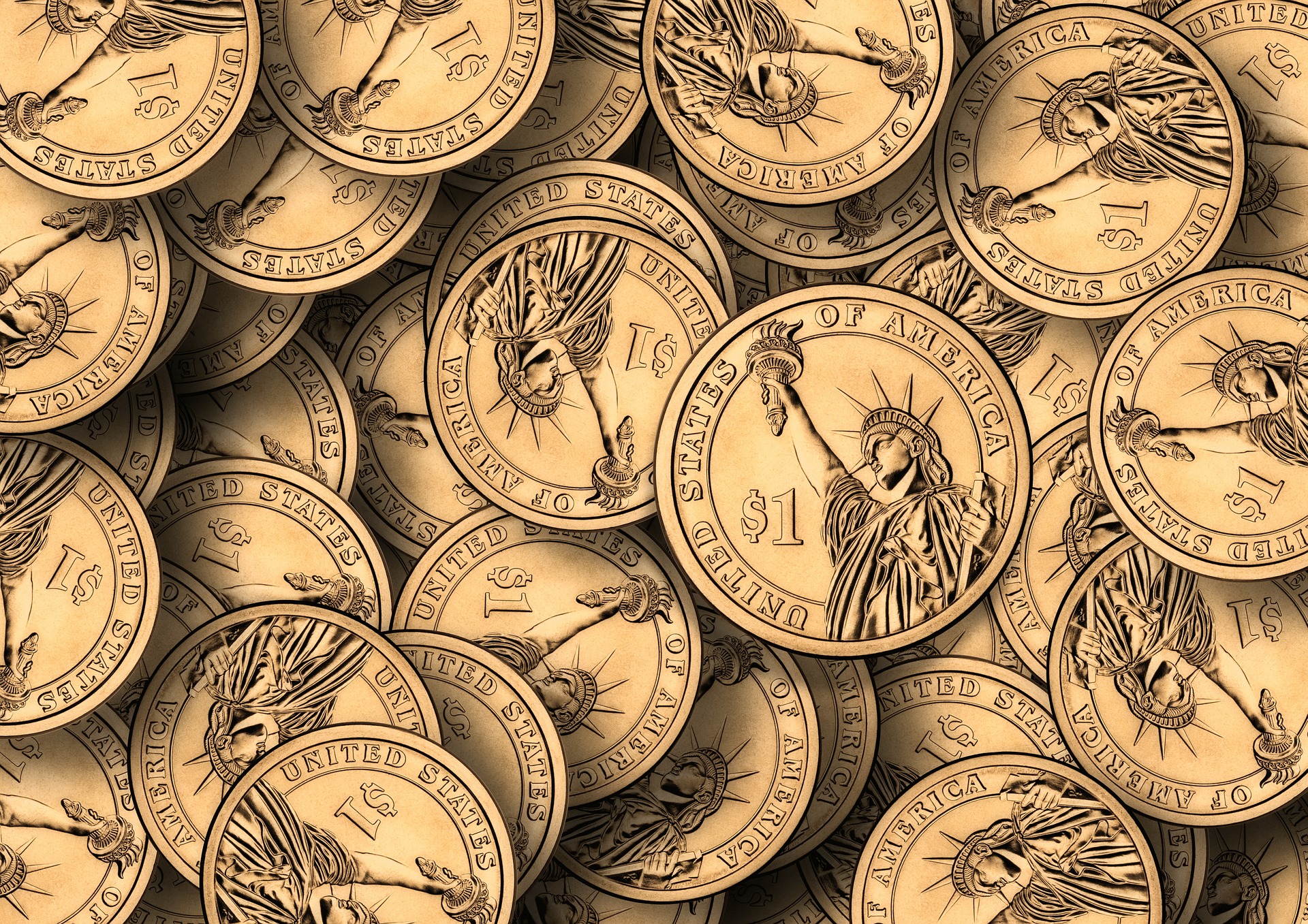What Makes Something Worth $450million?
So this happened a few days ago.
Salvator Mundi, the only known Leonardo Da Vinci painting in private ownership, was sold at auction for a mind-numbing 400 million dollars – plus the auction fees, which took it to 450. Before the sale, people had been predicting a 100 million dollar sale price, which is already an enormous amount, if nowhere near the 250 million dollar record.
That painting, for the record, was The Card Players by Paul Cezanne, a lovely post-impressionist oil depicting 2 people who are far too smart to spend a quarter of a billion dollars on a painting.
Now it goes without saying that 450 million dollars is a lot of money – as I record this, with that you could buy 2250 Lamborghinis, a fleet of 13 Apache helicopters or 60435 bitcoin – though by the time you watch this video, it’ll probably be either 7 bitcoin or 52 million depending on which way the swing has gone today.
But what makes this sale interesting is not just the amount of money – though I admit, finding out what kind of private army I could buy for that did keep me entertained for far longer than it should have done. Turns out with 450 million dollars you can almost certainly conquer Luxembourg.
What makes it interesting is what it says about how we value things.
Because a lot of people think that value is inherently tied up in the physical attributes of the object – this is why to increase the value of their software, they add more features. To increase the value of their information, they add more of it. They think it’s tied to content, to beauty, to use.
But as we can see from looking at the history of this painting, that’s not always accurate.
This painting was, to use the art world’s phrase, ‘rediscovered’ in 2011. That doesn’t mean it was lost, everyone knew full well where it was.
It was on record as having been sold in Sotheby’s in 1958 for the somewhat less ridiculous amount of 45 pounds.
It then turns up again in 2005, purchased by a US consortium for $10,000. Still more than I’d pay for a painting, still notably less than 450 million.
But what changed between 2005 and 2017 that caused this huge price jump?
Because back in 2005, it was still the same painting. It would look just the same hung on the wall then as it does now. It was the same work, the same brushstrokes. It was even well acknowledged that it was very old – it was always accepted that this painting was created around 1500.
The difference is that in 2005, it was believed to be by Giovanni Antonio Boltraffio, a student of Leonardo, rather than by Leonardo himself.
That doesn’t mean they thought it was a fake, just that it was done by another artist who had studied Leonardo, in Leonardo’s style.
Then in 2011, this guy comes into the picture. Martin Kemp, an expert on Leonardo paintings. He examined it, and declared it was actually the real deal. This was a painting by the one and only Leonardo da Vinci.
And that was all it took. As soon as people thought it was a Leonardo Da Vinci painting, the value skyrocketed.
It wasn’t even a guaranteed attribution. You might think that for something to gain so much value it’d have to be through rigorous scientific study, but no. Martin himself said:
“It had that kind of presence that Leonardos have … that uncanny strangeness that the later Leonardo paintings manifest.”
Uncanny strangeness. Well, that settles it.
Except, of course, it doesn’t. And, indeed, other art scholars have said they’re not convinced it’s a genuine Leonardo.
But it doesn’t matter. Because general opinion has shifted and right now, the world believes this is a Leonardo Da Vinci painting, even if it can’t ever be proved. And that’s the difference between 10,000 dollars and 450 million.
It’s not the quality of the work. The work is the same as it’s always been. It’s about who did that work in the first place.
Pablo Picasso used the same trick, later in his life. He’d go to restaurants and rather than leave a tip, he’d draw a sketch on the back of the receipt and sign it, in the process making some waiters and waitresses really rather rich. The sketch itself didn’t matter. It wasn’t about the art. It was about the signature.
So the point with all this is that what we value is not always tangible.
When you’re known as an authority on a subject, you can charge far more for the same content and people will think it’s worth it.
Because what they really value won’t be the content of your product – it’ll be the fact it’s got your name at the bottom of it.
Now obviously, this isn’t a quick hack. You can’t just manufacture authority overnight, it’s something that needs to be built. This is just a reminder that there’s far more going into the prices you charge than just the product, so if you’re looking for people to value your work more, it’s not just about adding a new chapter or new feature.
Sometimes, just a bit of uncanny strangeness will do.





